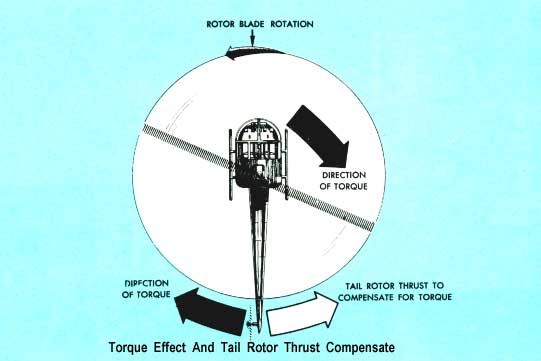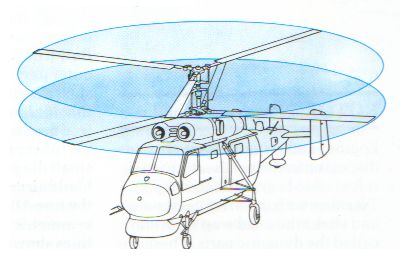
| Electric-RC-Helicopter.com --- Forum |
 |
||
|
| Profile |
|
Welcome to Electric Rc Helicopter Forums, Guest.
Register |
| Information |
|
Our users have posted a total of 33454 articles We have 9305 registered users The newest registered user is Daniel Gillespie |
| Who is Online |
| 28 Guests |

|


|

|

| Comment form closed due to spams. Please use the forum to post comments instead. |
| HOME PAGE |
| FORUM |
| Articles |
| Product Review |
| Sim / Training |
| Forum |
| Album |
| Links |
(c) 2007-2011 Electric-Rc-Helicopter.com